A kept-to-perfection garden is fabulously beautiful and can't help but add to the charm and desirability of a home. And the formal parterre garden, created by 16th-century French garden designer Claude Mollett, is a classic, gorgeous look for anyone with a green thumb (or a full-time gardener). Its pathways, green borders and vegetation are a timeless look for any century and, fortunately, are easily applicable to today's lifestyle. Here are a few fabulous translations of this classic design for the 21st century.
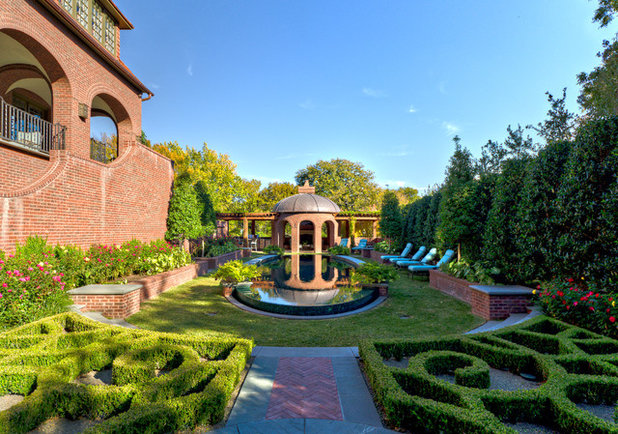
Harold Leidner Landscape Architects
English gardens were originally designed to be pleasant to those passing on foot, but the French designer Claude Mollett reimagined them to be primarily enjoyed from a higher story or a balcony. This yard looks gorgeous from the higher stories or on the same level while lounging in a chaise.
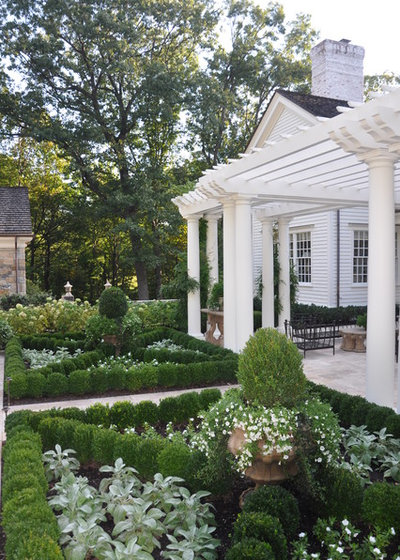
Deborah Cerbone Associates, Inc.
While small herbs and flowering plants were the norm in English gardens prior to the parterre, Mollett chose boxwoods to border the designs so that the design was more prominent from above. Incorporating both boxwoods and small flowers and herbs into the interior landscape is a great idea because they smell sweet, look lovely from feet away and make seasoning dinner a breeze.
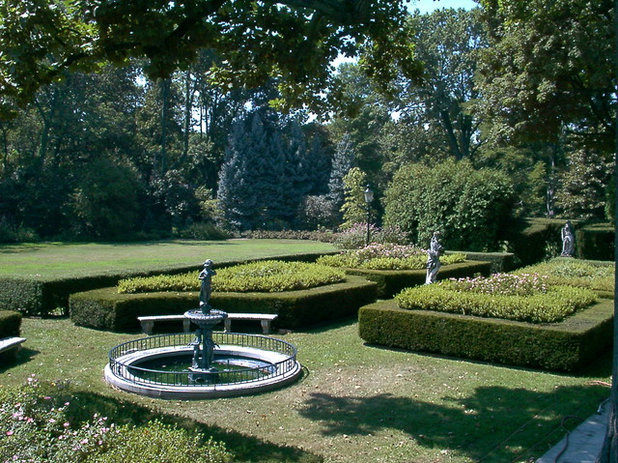
Garrett Churchill Inc.
Today, parterre gardens often involve a combination of boxwoods and holly bushes, because the boxwoods are excellent borders and hollies add height. A parterre with that combination is often used as a dividing line between two properties when the owner doesn't want a fence.
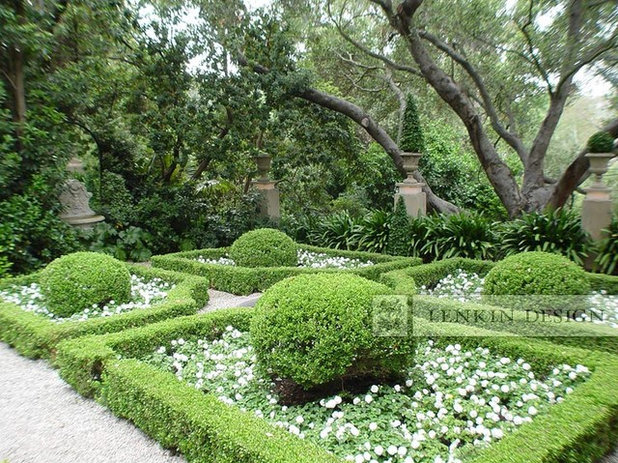
Lenkin Design Inc: Landscape and Garden Design
Tightly clipped shrubbery and gravel pathways were the two main requirements of the first parterres, but their usage expanded to include flowers, which add to the beauty and sophistication of the design.
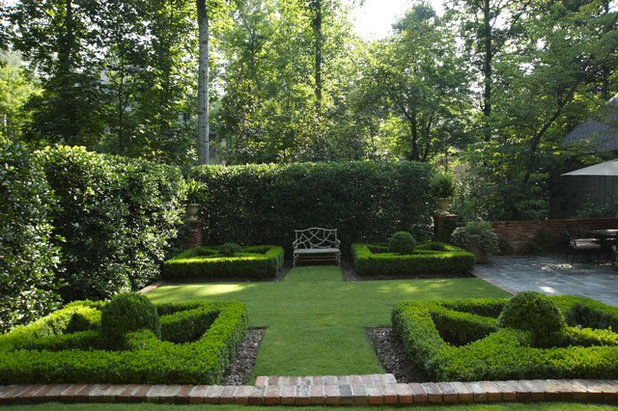
Troy Rhone Garden Design
Louis XIII was a huge proponent of parterre gardens, and they peaked in popularity under his reign at the Palace of Versailles. His head gardener, Jacques Boyceau, was instrumental in further defining the "rules" for creating a parterre. Today, incorporating seating areas makes the formal garden more appealing.
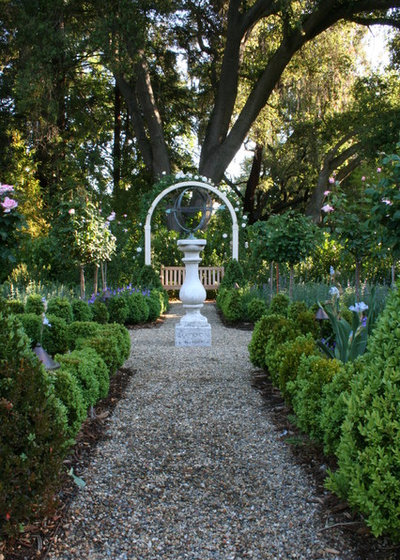
Frank & Grossman Landscape Contractors, Inc.
Formal parterre gardens traditionally contained some sort of focal point or central feature around which the rest of the garden was designed. This statue is beautiful and looks to be the focal point of this yard. Fountains or other water features are also fantastic anchors to the garden, and, for extra credit, incorporating an animal form makes them even more authentic.
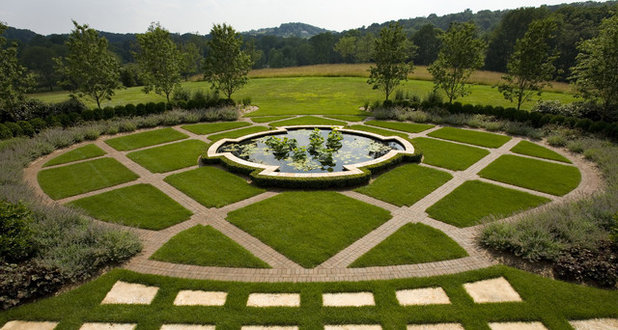
Cross River Design, Inc.
Compartments, pathways and repeating geometric patterns (also known as arabesques) are three of the elements of a parterre garden that make them so beautiful from above and below.
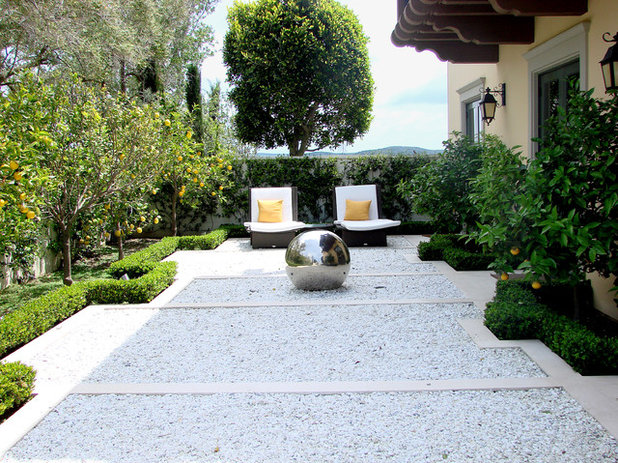
AMS Landscape Design Studios, Inc.
Today, the formal parterre garden can be modified to fit any design scheme. We love how this example contains many traditional elements but is comfortable for lounging and contains modern touches that fit with the design scheme of the rest of the house.
More:Lay of the Landscape: Traditional Garden Design





